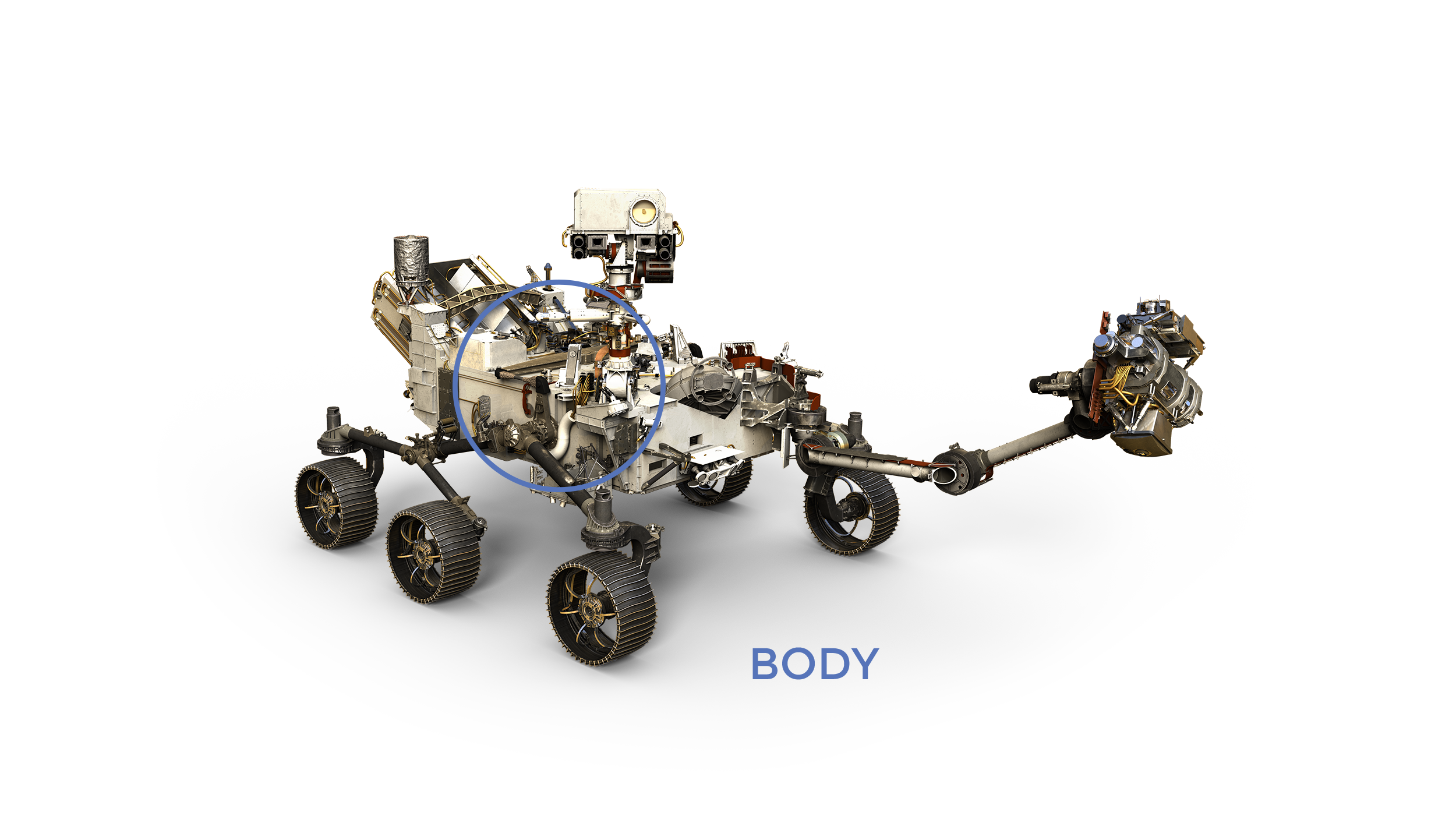A group of scientists mapped out a plan to clean up the orbit.
Huge deposits of space debris can create problems for earthlings - especially when large objects collide, which can cause an "avalanche". As a result, the Internet can be disrupted on Earth. Also, under certain circumstances, debris can become a threat to navigation, climatic, geographic and other satellite systems.
A group of international scientists, which includes a professor at the Samara National Research University named after academician S.P. Koroleva Vladimir Aslanov, compiled a list of the most dangerous objects of space debris in Earth's orbit.
Huge deposits of space debris can create problems for earthlings - especially when large objects collide, which can cause an "avalanche". As a result, the Internet can be disrupted on Earth. Also, under certain circumstances, debris can become a threat to navigation, climatic, geographic and other satellite systems.
According to experts, today in orbit there are about 25 thousand previously launched large objects and millions of small particles - they fly at a tremendous speed, up to 15 kilometres per second. However, the participants in the scientific study have reduced the list of objects to the 50 most dangerous, which must be eliminated first. The point is to "tow" them to safe orbits using special equipment. Almost all of these heavy objects are old missile bodies. From the list of hazards, 37 have a weight of more than two tons.
Scientists note that it is necessary to start a global cleaning in space now. Moreover, this technique and technologies are actively developing in this direction.
Huge deposits of space debris can create problems for earthlings - especially when large objects collide, which can cause an "avalanche". As a result, the Internet can be disrupted on Earth. Also, under certain circumstances, debris can become a threat to navigation, climatic, geographic and other satellite systems.
A group of international scientists, which includes a professor at the Samara National Research University named after academician S.P. Koroleva Vladimir Aslanov, compiled a list of the most dangerous objects of space debris in Earth's orbit.
Huge deposits of space debris can create problems for earthlings - especially when large objects collide, which can cause an "avalanche". As a result, the Internet can be disrupted on Earth. Also, under certain circumstances, debris can become a threat to navigation, climatic, geographic and other satellite systems.
According to experts, today in orbit there are about 25 thousand previously launched large objects and millions of small particles - they fly at a tremendous speed, up to 15 kilometres per second. However, the participants in the scientific study have reduced the list of objects to the 50 most dangerous, which must be eliminated first. The point is to "tow" them to safe orbits using special equipment. Almost all of these heavy objects are old missile bodies. From the list of hazards, 37 have a weight of more than two tons.
Scientists note that it is necessary to start a global cleaning in space now. Moreover, this technique and technologies are actively developing in this direction.





